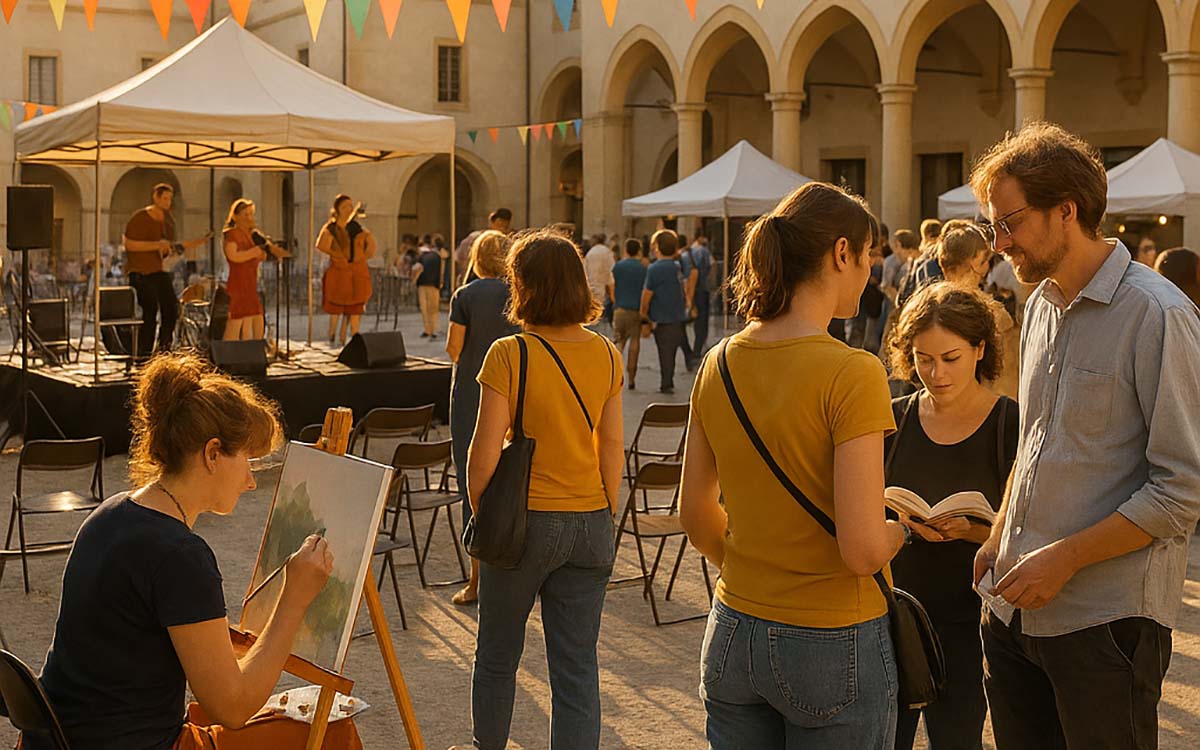The cultural sector in Switzerland is vibrant, but with particular forms of work
Post on: 26.05.2025

In 2024, around 300,000 people worked in the cultural sector in Switzerland. After the decline due to the pandemic, the number è growing again. However, working conditions are often " atypical": more than halfà works part-time and many have moreù of a job. In addition, working as self-employed è much moreù common compared to other sectors, but salaries are more than low.
Despite everything, the sector remains dynamic: in 2022 it generated 16.3 billion francs in economic value and reached a record of over 67,000 cultural enterprises. However, jobs have been declining since 2011.
Who works in the cultural sector?
Cultural workers in 2024 were divided into three groups:
- a third were in a cultural trade inside the cultural sector (e.g. musicians, journalists),
- a third did a job not cultural inside the sector (e.g. accountants in theaters),
- a third practiced a cultural profession outside from the sector (e.g. graphic designers in banks).
After the pandemic, the number of employed people is grown more of the national average (+3.5% against +0.9%). Some areas, such as museums and heritage, have grown a lot, while the publishing and printing have lost many jobs.
Part-time work and more; training, but more ù low
Many cultural workers are well trained: almost 59% have a degree or similar qualification, compared to 44% of the national average. But they earn less: 70,000 francs against 74,100 in other sectors.
Part-time work è very common: 52% work like this. (among artists and writers it reaches 61%). Also have more ù works è frequent: 15% have at least two jobs. In addition, almost 28% work independently, twice as much as the national average.
Cultural sector | More women, but with more ù precarious
Women are very present in the cultural sector, more than ever; and elsewhere. However, they have less often roles of responsibility, earn less, work more. often part-time and have more than 100 jobs compared to men.
People with a migrant background, although less represented, have a high level of education and often work full-time, but still earn slightly less.
More businesses, fewer jobs
Between 2011 and 2022, cultural enterprises increased by 23%, more than 23%; of the average of the Swiss economy (+13%). The audiovisual sector, visual arts and entertainment have seen the greatest growth.
However, jobs are not growing at the same rate: +6% since 2011, compared to +14% in 2011. economy as a whole. Cultural enterprises today have fewer employees per company than in the past.
Cookies & Privacy
Utilizziamo i cookie per offrirti la miglior esperienza possibile sul nostro sito Web.
Accetta e continua Continua senza accettare
Per maggiori informazioni leggi la nostra Privacy Policy





